Bubble wrap is made from plastic film filled with air bubbles. Each bubble acts as a small air pocket. Air naturally slows down sound waves, while the thin plastic layer reflects some of the noise. However, the effect is limited.
When sound waves hit bubble wrap, three things happen. A portion of the sound is reflected, a small fraction is absorbed by the trapped air, and the majority passes through the material almost unchanged. The thin, lightweight structure of bubble wrap makes it unsuitable for serious soundproofing. In acoustics, mass and density are the key factors that reduce noise transmission. Ratings like NRC (Noise Reduction Coefficient) and STC (Sound Transmission Class) are used to measure effectiveness. Bubble wrap scores poorly in both, especially compared with dedicated acoustic products.
👉 Explore our Acoustic & Soundproofing solutions that are engineered to block and absorb sound properly.
Measuring Effectiveness: Test Case Study
To test bubble wrap in practice, consider a controlled experiment. A 3m × 3m bedroom was used, with traffic noise from outside and a speaker placed inside. A calibrated sound meter measured changes before and after applying bubble wrap.
A single layer of bubble wrap only reduced noise by about 1–2 dB. Adding three layers increased the reduction to 3–4 dB, mostly in mid to high frequencies such as voices and sharp sounds. Low-frequency noise from footsteps, trucks, or bass tones passed through almost unaffected.
The outcome is clear: bubble wrap can soften harsh sounds, but it does not significantly reduce overall noise levels. It is more of a mild dampener than a reliable soundproofing solution.
Bubble Wrap vs Acoustic Foam & Mass-Loaded Vinyl: Comparison
Acoustic foam, made from open-cell polyurethane, is highly effective for absorbing mid to high frequencies. It is rated using NRC values, making it a reliable choice for studios, offices, and home theatres where controlling echo and improving clarity is important.
Mass-loaded vinyl (MLV) is a dense, flexible barrier material that excels at blocking sound transmission. Unlike bubble wrap, MLV adds real mass, which is essential for blocking low-frequency sounds. It is a common choice for walls, ceilings, and floors.
When compared side by side, bubble wrap is cheap and light but ineffective. Foam and MLV cost more, but they deliver real results. Both are also relatively easy to install and designed to last. For meaningful soundproofing, foam and MLV clearly outperform bubble wrap.
👉 Browse our Acoustic Foam Panels for professional-grade performance.
Layering & Combining Materials: How Much Bubble Wrap Helps More with Support
Bubble wrap can offer minor benefits when used as a supplementary layer, but it cannot perform as a standalone solution. Behind curtains, it may slightly reduce external chatter. Under carpets, it can soften surface sound a little. When placed behind drywall, it adds a minimal air gap that may provide marginal help.
Better results come from combining bubble wrap with other materials. For instance, bubble wrap behind curtains combined with foam panels on a wall can stretch a budget while still offering improvements. Similarly, using it with mass-loaded vinyl beneath flooring can contribute a slight boost. However, sealing edges and eliminating gaps is always more critical than layering bubble wrap.
Durability is also an issue. Bubble wrap is not designed for long-term use. Over time, the bubbles pop and the plastic weakens, rendering it ineffective.
Cost-Benefit Analysis for Renters and Budget Renovators
Bubble wrap is often attractive because of its low price. At only a few dollars per square metre, it seems like an affordable solution. But the performance trade-off is significant. In contrast, acoustic foam and mass-loaded vinyl cost more, but they last longer and deliver noticeable results.
For renters, bubble wrap may be useful because it can be installed temporarily without altering walls. However, for homeowners or anyone looking for a permanent solution, it is not a wise investment. Over time, the limited noise reduction and unattractive appearance make it impractical. Foam and vinyl, although more expensive upfront, provide real long-term value. They also meet safety standards and are designed to look professional.
👉 Compare our Acoustic Foam Panels for better results and long-term reliability.
When Is Bubble Wrap Enough, and When Is It Not?
Bubble wrap may be considered adequate in very light scenarios, such as dulling neighbour chatter through a thin wall, reducing sound passing through a window, or creating a temporary fix in a rental. It works best for those who need a quick and temporary solution with minimal investment.
However, for heavy traffic, loud neighbours, structural vibrations, or professional sound environments, bubble wrap is not enough. In these cases, stronger solutions such as acoustic foam, bass traps, or MLV are required to achieve noticeable results.
A practical first step is to measure your noise baseline using a smartphone app or sound meter. This allows you to understand the level of reduction needed before deciding on materials.
The Foam Company’s Acoustic Solutions as Alternatives or Complements
At The Foam Company, we supply solutions that outperform bubble wrap in every way. Our range includes:
-
Acoustic Foam Panels – designed for sound absorption and echo control.
-
Bass Traps – specifically engineered to target low-frequency problems.
-
Mass Loaded Vinyl – dense barriers that block transmission through walls, floors, and ceilings.
Bubble wrap may be combined with these products to stretch a budget, but the most effective results will always come from materials designed specifically for soundproofing.
Practical Steps & Tips to Improve Bubble Wrap Performance
For those who still want to use bubble wrap, a few steps can improve its limited effectiveness. Choosing large-bubble wrap provides slightly better absorption. Applying it with removable adhesives makes it easier to install and renter-friendly. Overlapping sheets and sealing edges reduces gaps where sound can leak through. Covering bubble wrap with fabric or curtains improves both appearance and sound absorption. Finally, regular checks are necessary since popped bubbles and worn plastic reduce performance over time.
These adjustments can extend usefulness, but bubble wrap will always remain a temporary and weak solution compared with acoustic foam and vinyl.
Conclusion: Is It Enough? Summary & Recommendations
Bubble wrap can soften some noise, but it is far from a proper soundproofing material. It is best suited for temporary, low-level problems where cost is the main factor. For renters, it may be useful as a short-term DIY option. But for homeowners or businesses dealing with significant noise issues, bubble wrap simply does not deliver.
Materials like acoustic foam and mass-loaded vinyl provide the mass, density, and absorption required for effective noise reduction. These products represent a better investment, offering both safety and long-lasting performance.
👉 Explore The Foam Company’s Acoustic Solutions to plan your upgrade and achieve real soundproofing results.


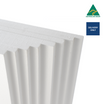
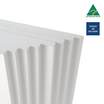
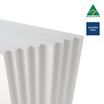
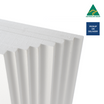
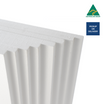
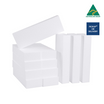
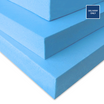
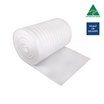
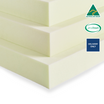
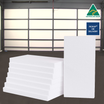
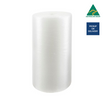
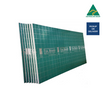
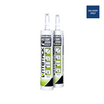

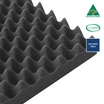
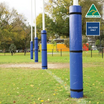
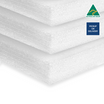
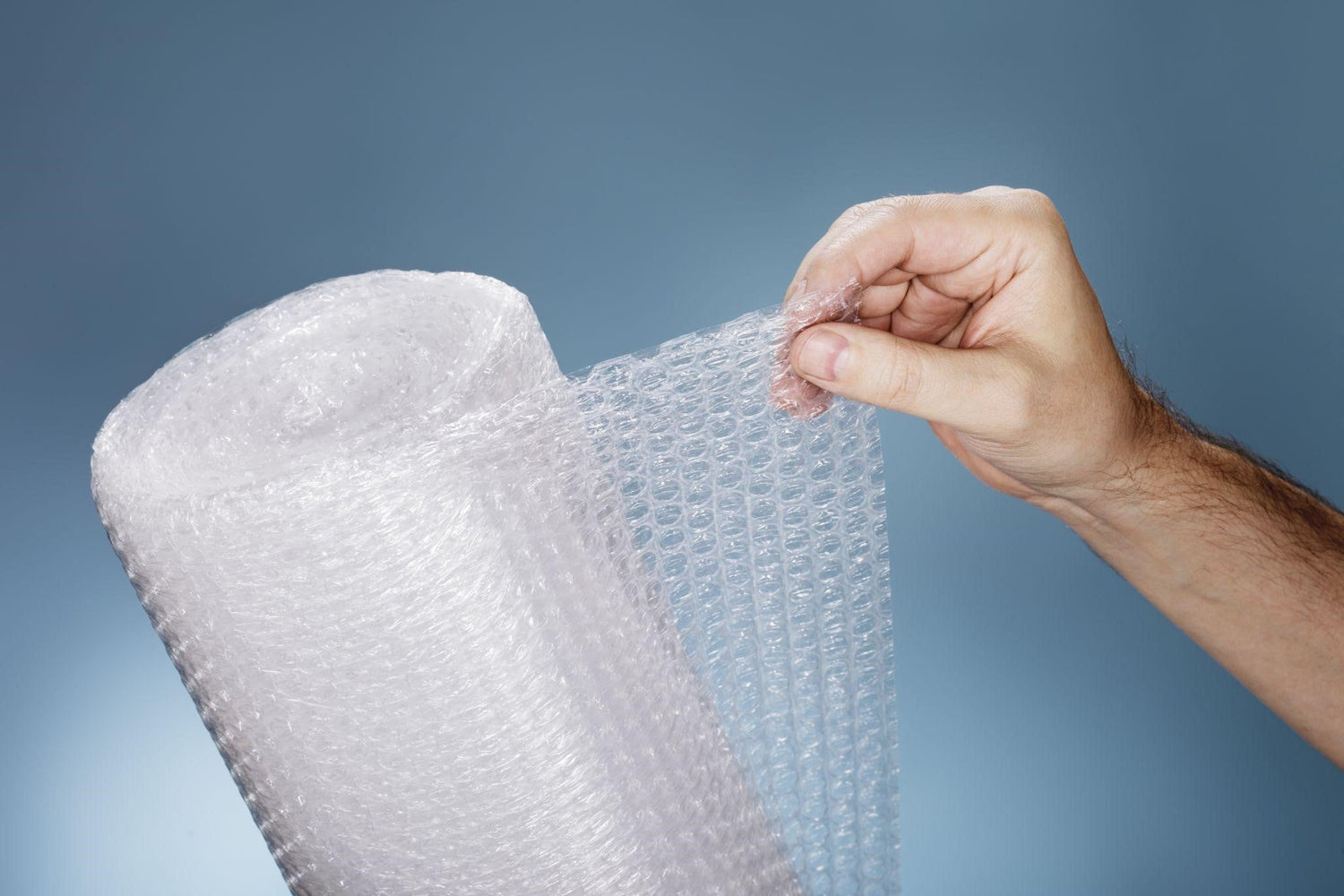
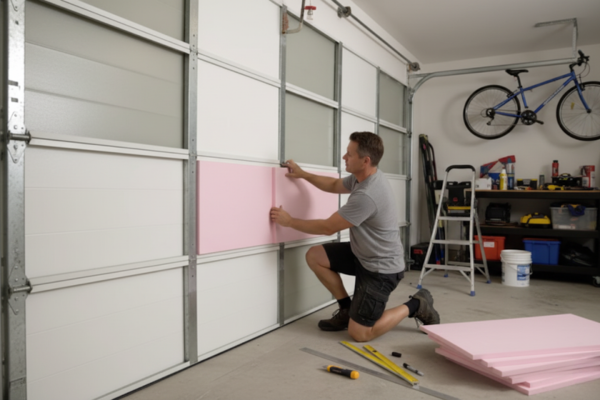
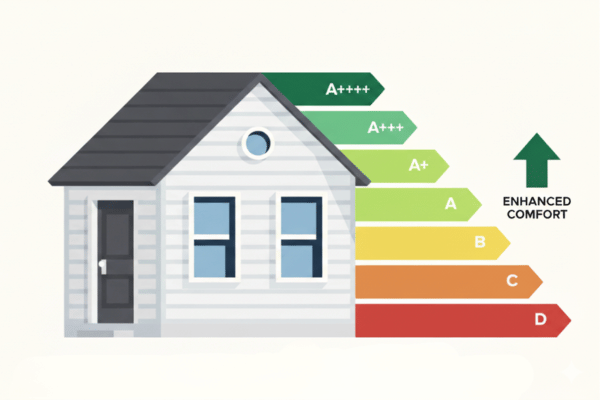
Leave a comment
This site is protected by hCaptcha and the hCaptcha Privacy Policy and Terms of Service apply.